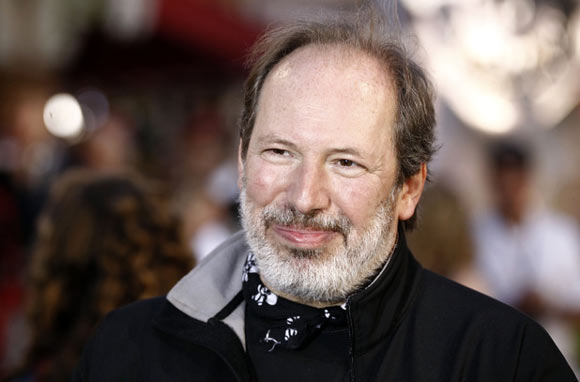
There are few musicians with exquisite musical class and understanding, and Hans Florian Zimmer belongs to this category of living legends. Born on 12 September 1957, in a quiet town in Frankfurt, West Germany, very few would have dared to think of Zimmer as one of the most riveted and respected musical composers in today’s world and age. His mother was a musician and his father worked as an engineer, thereby giving young Zimmer a unique opportunity to merge music with technology and make something extraordinary out of it. In a career marked by tremendous success, genius and due recognition, Hans Zimmer entered the music world playing for bands and later making scores for some of the most popular films today.
Receiving no formalized means of teaching in his earlier years, Zimmer, by and large, learnt music on his own. He was particularly intrigued by the piano and electronic synthesizers, which in those days was nothing like the ones that are made today. He began first by playing keyboards for a band called The Buggles, featuring in their one of their first music videos called ‘Video Killed the Radio Star’. Afterwards, he continued to secure positions for synthesist in other bands such as Krisma and Helden. However, this form of composition clearly did not settle well with Zimmer, who shifted interests after meeting Stanley Myers, a renowned film composer. Together they founded a studio brand and worked on several film scores throughout the 1980s. Some of the most important and popular works of this time include film scores for Moonlighting (1982), Success is the Best Revenge (1984), Insignificance (1985), and My Beautiful Launderette (1985). One more award-winning work was that on the 1987 film called The Last Emperor, for which Zimmer contributed his own tracks. Around the same time, he also worked on an English television series called Going for Gold, a long-lasting venture Zimmer worked on with Sandy Sandy Mclelland.
Zimmer’s collaboration with Myers marked the beginning of a respectful career in film-making. In 1988, the block-muster Rain Man featured Zimmer’s trademark score with a fusion of orchestral sounds with electronic music. His success with Rain Man resulted in instant offers, and the following year, Zimmer contributed music for Bruce Beresford’s Driving Miss Daisy (1989), which won the Academy Award for Best Picture. Just like a host of movies that would follow this 1989 top-charting film, Zimmer used his own arrangements of synthesizers and samplers for the score. His success with other films like Thelma & Louise (1991) and The Power of One (1992) introduced slide guitars to the score. Perhaps where Zimmer’s popularity peaked was after his contributions to the sound track of The Lion King (1994), an animated film largely popular amongst all age groups of the day. In the coming years, this led him to be the prime composer for Academy Award-wining movies such as Crimson Tide (1995), The Thin Red Line (1998), Gladiator (2000), The Last Samurai (2003), Madagascar (2005), The Da Vinci Code (2006) and The Simpsons Movie (2007), amongst several others. Recently, he contributed music to the Batman trilogy, one set of films that have gained large scale acclaim in the film industry today.
Bearing in mind some of these remarkable compositions and works, the international music community has duly recognized Zimmer’s efforts. In a career that has spanned well over three decades, Hans Zimmer has won four Grammy Awards, three BRIT Awards, two Golden Globes, and an Academy Award.